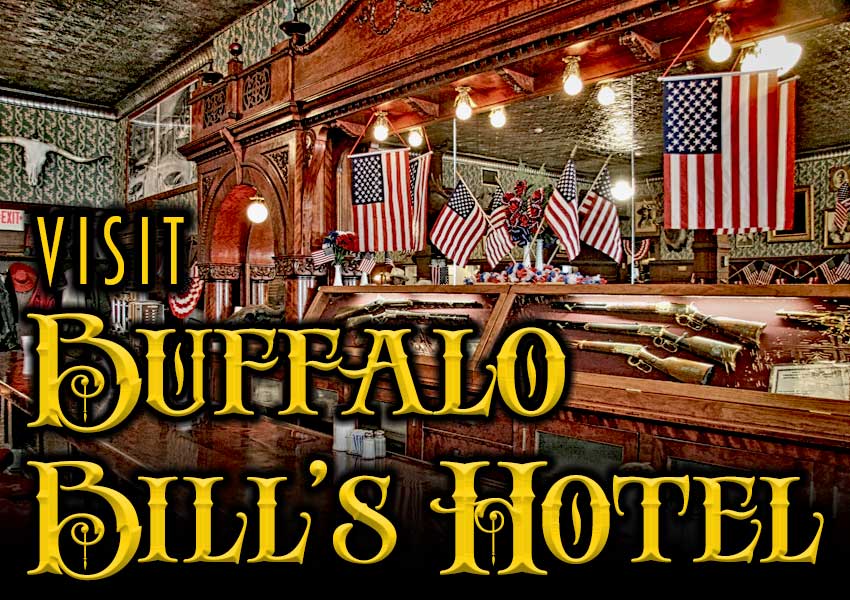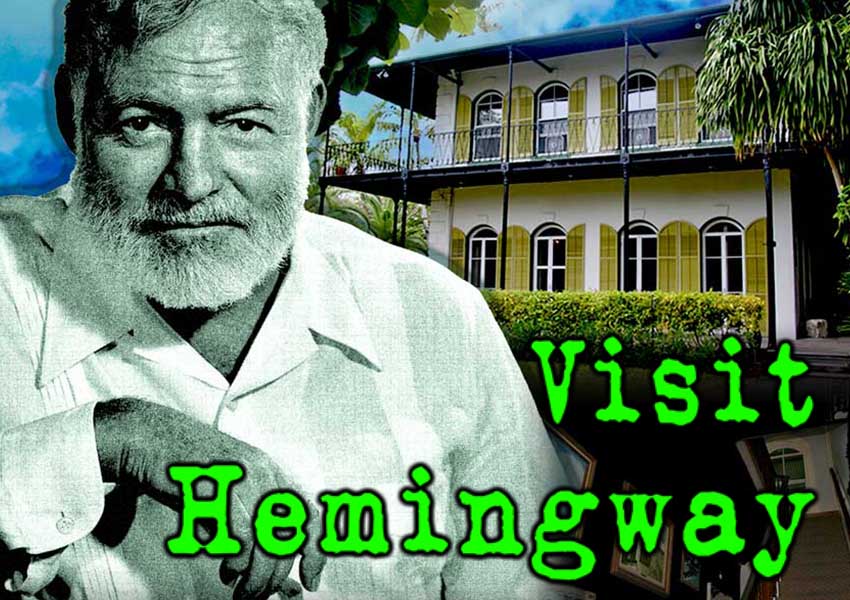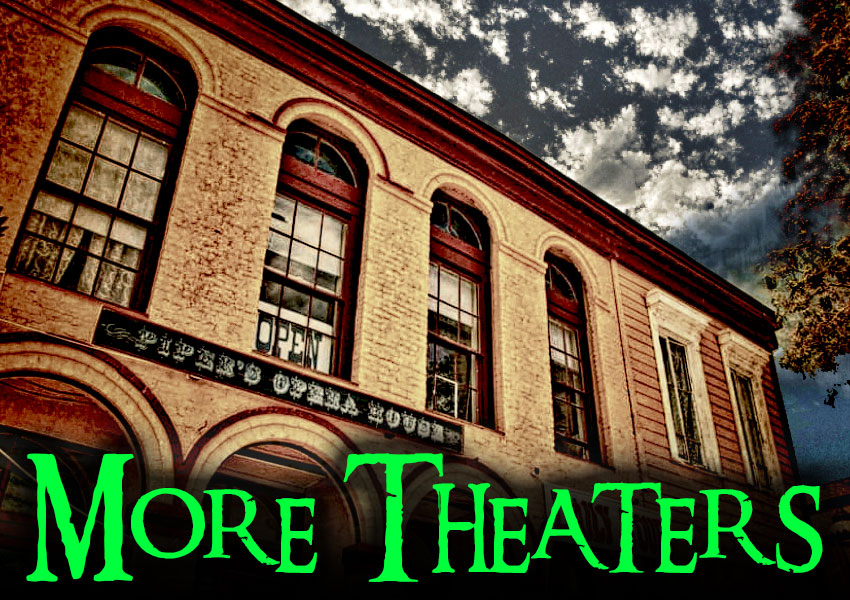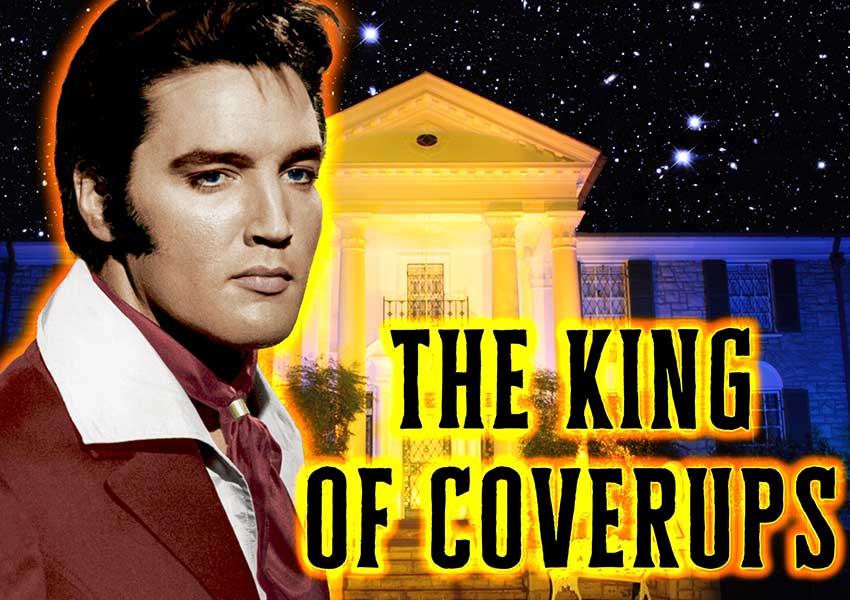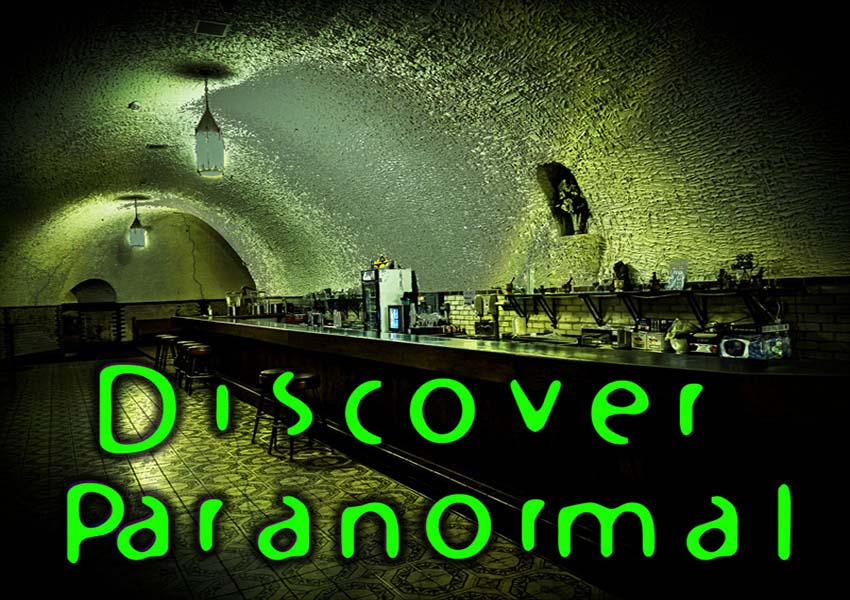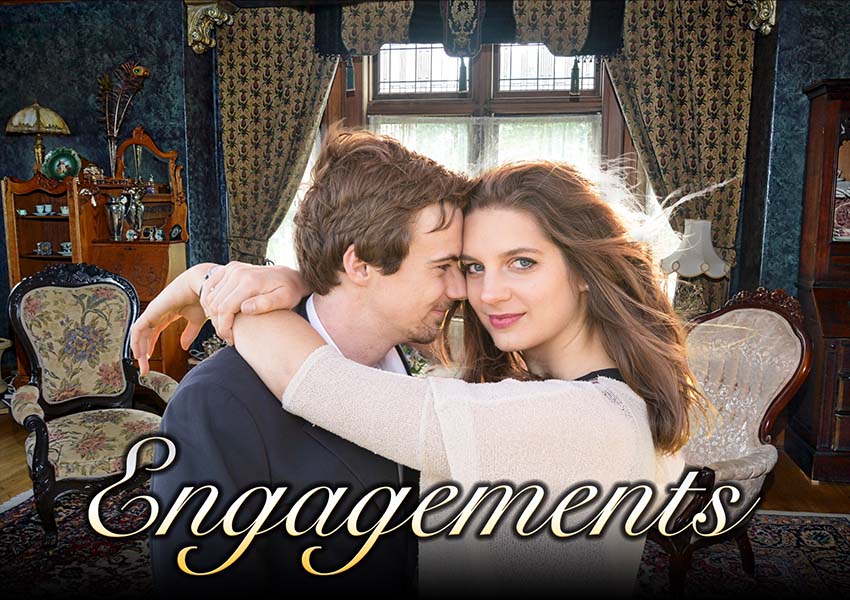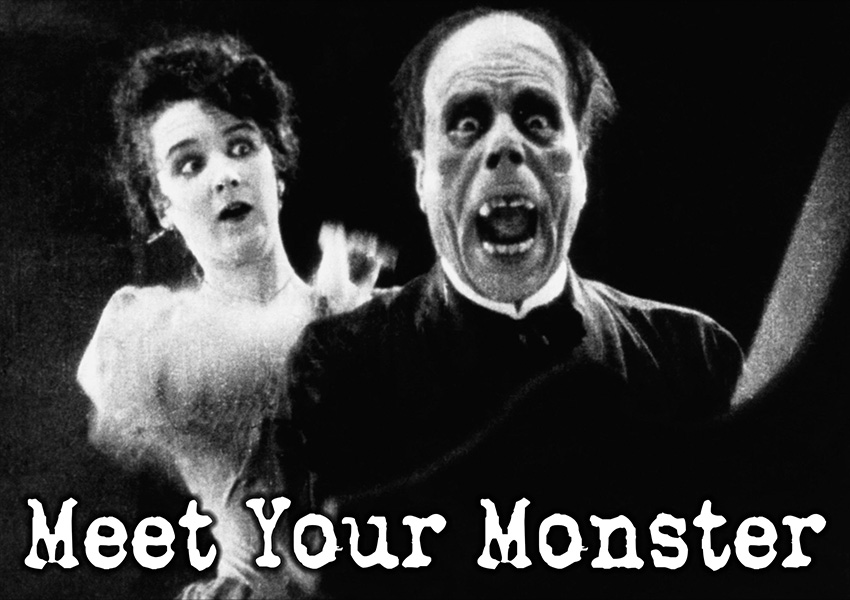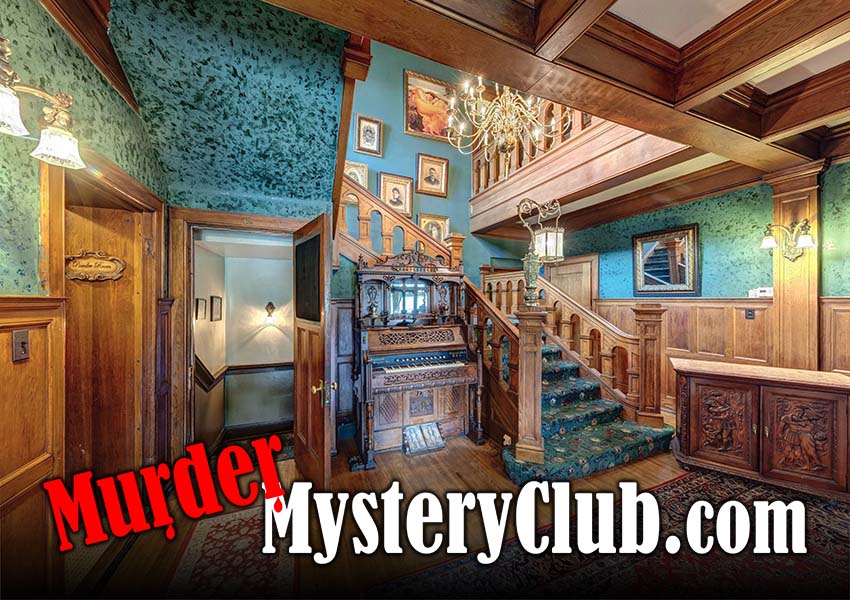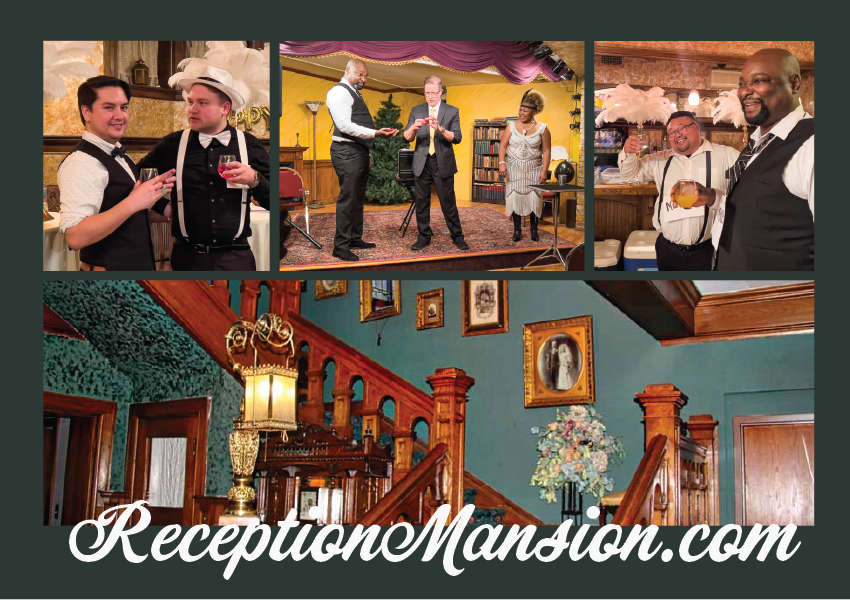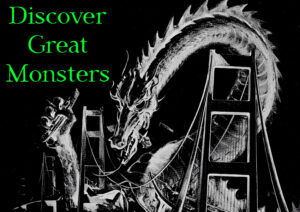Burlington Vermont
Booth House
Students and staff have had boatloads of experiences with this restless spirit
who has some issues with what they have done to HIS house!
DESCRIPTION
The Booth House is described as being a two story Colonial Revival home; that has a mixture of styles that are all uniquely American, that has a covered front porch, Colonial Revival is essentially a mixture of styles, all uniquely American. It was a home that could easily be renovated to fit the taste of the owner.
“Roof forms such as gabled, hipped, and gambrel identify the style’s diversity that allows a greater degree of adaptation when remodeling than do the more rigidly defined architectural styles.”
On the first floor, it has a center hall that runs from front to back the structure, with the common rooms found off this main hallway. Upstairs were the bedrooms were found.
Colonial Revival homes built between 1880 and 1945, tend to be professionally designed and “often boast interesting architectural details fashioned from highly durable material.”
This sounds ideal for an owner who loves to renovate fixer upper opportunity to become a dream home. Owner John Booth had access to the best wood from his company.
The Booth House now is the home of the University Communications Office.
HISTORY
The Booth House was probably built in 1900 by Albert E Richardson, as he was the deed holder, hoping to rent it to people who worked at the University of Vermont. Things didn’t go as well as he had hoped, in that all his renters didn’t stay long. Perhaps, they had saved money and decided to buy their own home, or perhaps the house was too small and old fashioned. Something about the house made it not desirable.
At first, the Booth House was lived in by mostly a series of Professors who didn’t stay long. In 1900, Professor Arthur D. Butterfield bought this home shortly after it was built, and lived there with his wife for only three years before moving to another place. At the time he was Assistant Professor of Mathematics at the University of Vermont, but was eventually promoted to Chairman of the Mathematics Department. He retired in 1944. From 1904-1905, Carlton B. Stetson, who was a Professor Pro Tempore of Greek lived there. James D. Benedict, the manager of the Free Press Printing Co. ( not an employee of the university) lived here three years until 1911.
In 1913, Albert E Richardson didn’t want to improve this house to make it more desirable. In fact, Albert E Richardson was done with this renting adventure and ready to sell the property to Edward J. Booth, who sold it to his son, John E Booth in 1915. John E Booth worked for his family’s Lumber Company and eventually purchased the family lumber company in 1925, Calling it John E. Booth Lumber Corporation. John Booth saw the possibilities for improvement in this home, and made it more roomy and pleasant the many years he and his wife, Muriel, owned it. His family also learned that a small house with good bones can be recreated into what you want to live in; your dream home. Being owner of a lumber company proved to be an advantage too, providing lumber at cost to create a forever home.
John E Booth started the additions to the house in 1926. “By 1926, Booth had added a front porch that travels the full length of the front facade, and made some alterations to the main entrance-way door and its surroundings. The south side of the house was expanded during this time as well. It was also during this period that Booth oversaw the construction of a one-room car garage situated in the rear of the lot.”
John didn’t stop there. He had alterations and additions to his home made over the years, “including renovations to bathrooms, and the construction of a pergola in 1937. Maps of the property also show that a porte-cochere was built after 1926 and before 1942, as well.
Between 1933 and 1943, the Booths offspring; Edward J., Gordon B., and Beverly J., rented this house as they were attending the University of Vermont just a few streets away. From 1944, John E and his wife Muriel happily lived in their dream home up until they died in 1966 and 1969.
In 1970, the estate of John Booth sold the family dream home to The University of Vermont, who was eager to expand their campus area. After renovating this house to be offices, The John Both House has been a useful structure to the University of Vermont throughout the years; becoming the home of the University of Vermont Alumni House, the Development Office, and now functions as the Communications Office.
HISTORY OF MANIFESTATIONS
People while alive who love their dream home as their forever home, sometimes choose to spend their after-life there as well, making it a true forever home.
The Goodman/LeGrand Mansion, TX (Spirits are still enjoying their home; having parties and keeping the living company.)
Chateau at Coindre Home, NY (The first owners still enjoy residing and watching all the events.)
Joslyn Castle, NE (The original family keeps an eye on the living while enjoying their home.)
Booth House – (John E Booth still finds spots in his forever home that haven’t been changed where he can enjoy his memories).
People who care deeply about their structure while alive, may have issues with the living who occupy their very special place in this world. Spirits don’t alway approve of the changes and renovations done to the original structure.
Bullock Hotel, SD – (The spirit of Seth Bullock had smoke coming out of his spectral ears when gaming machines made an appearance on the first floor).
Church Street Cafe, NM – (The former spirit of the matriarch was outraged because of the renovation plans that were going to turn her house into a restaurant).
The Stokes Adobe, CA – (A disturbed, restless and rude spirit strongly objects to having a restaurant and bar in his forever home, where he hoped to find peace, quiet and solitude).
Booth House – (When The UVM bought the Booth House in mid-1970s, extensive renovations were done to make this structure “function more as office space.” Uh Oh! It sounds like most of the interior was changed except “for several interesting features have been preserved inside the house, including the original bathrooms.”)
I can see how the spirit of the man who made it into his dream home could be upset with the dolts who changed it; painting over the lovely woodwork, and putting down carpets on the lovely hardwood floors, and probably modernizing it in ways that clash bitterly with John Booth’s vision of beauty.
Despite the renovations, The Booth House still made the National Register of Historic Places, which means the physical structure is still very much like it originally was enough to qualify.
MANIFESTATIONS
The living have been made aware of John E. Booth’s spirit; not happy with the renovations, who lets them know that he is there and NOT PLEASED. The Spirit of John E. Booth doesn’t provide the full paranormal sports package to the living people who used this house for offices, but communicates his feelings mostly by auditory activity.
Spirit of John E. Booth
Apparently, this unhappy spirit slams doors and makes banging sounds, all over the house when no natural explanation can be found.
They also probably hear foot steps around the house and on the stairways.
If a living person is alone in the house, he and she is treated to a disembodied voice, probably complaining and lecturing about what was done to his perfect house.
While no official report has been made that this spirit actually appears in front of the living, it is somehow known that his spirit is the one they say resides here. My educated guess, is that he may have appeared in front of a living person or two.
PARANORMAL FINDINGS
Students and staff have had boatloads of experiences with this restless spirit who has some issues with what they have done to HIS house.
The Vermont Agency of Paranormal Organized Research (VAPOR), who does a thorough job investing structures with claims has listed The Booth House as one of the haunted places on the UVM campus. They describe the spirit of John Booth as being an intelligent haunting. ” Intelligent hauntings are described as a person’s personality remaining after they have passed. They are usually annoying and seek attention, but generally do not pose a threat.They state n their website that this type of haunting is identified by slamming of doors, flickering of lights, cold chills, odd sounds and a strong presence. The spirit of John Booth does nearly all of these activities.”
STILL HAUNTED?
Yes Indeed!
The Vermont Agency of Paranormal Organized Research (VAPOR). VAPOR doesn’t mention the spirit’s grievances as being the reason why for his haunting. The spirit of John Booth is being annoying in trying to get some answers as to why they did so many ugly changes in his opinion to his beloved dream house; full of beautiful wood from his lumber company. He does seek the attention of the living because that is the only way he can express his displeasure. His house was perfect the way it was, and he won’t rest until he gets some answers from a medium who can explain it to him so he understands.
LOCATION
86 South Williams Street,
Burlington, VT 05401
Located in central campus of the University of Vermont
The Booth House is located on South Williams Street, the second house north of College Street on the right side of the street.
SOURCES INCLUDE
- http://www.uvm.edu/ –
University Green Area Heritage Study; Historic Burlington research Project, HP 206 – Booth House - https://www.onlyinyourstate.com –
May 26, 2020 These 17 Terrifying Places In Vermont Will Haunt Your Dreams Tonight, by Kristin Grimes - https://www.hauntedrooms.com – Most Haunted Places in Vermont
Our Haunted Paranormal Stories are Written by Julie Carr

